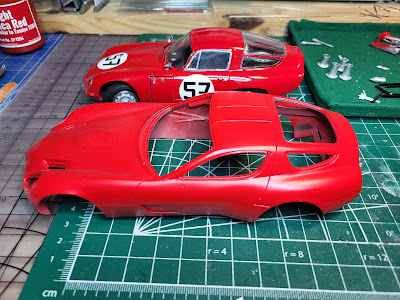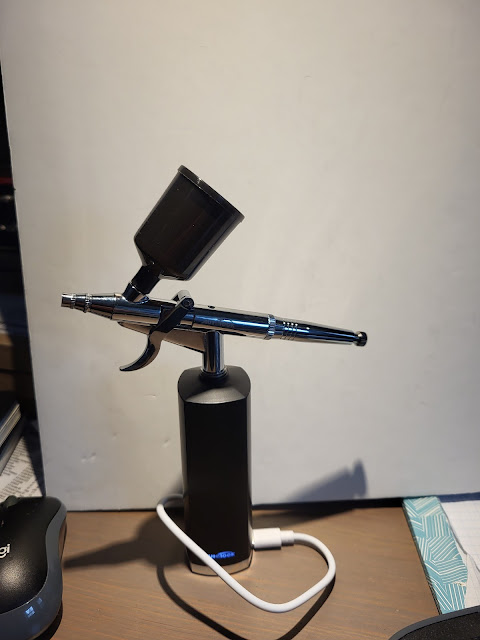An interesting kit. Judging by the minuscule holes drilled through various bits, I suspect a lot of it is 3D printed, not moulded. Detail level is huge, and there is very little flash or other flaws found in moulded parts.
But there are some issues. Parts are not numbered according to order of assembly; nor are they ordered according to where they are located on the sprue or in the baggies. A short section of sprue might include parts 27, 33, 37 and 44. These are not all needed at the same point in the assembly sequence; furthermore, that sprue is in a sealed plastic bag with sprues carrying parts 14, 22, 23, 24, 26, 27, 28, 33, 34, 49, 73, 74, 75, 76, 77, 80, 86, 87, 88 and 89, of which only a few are required in any given assembly stage. Some parts have numbers beginning with a letter, e.g. R80. But not all numbers from R1 through R79 exist. A lot of bits are minuscule pins, dowels and rivets. These are easily knocked off the sprue, broken or lost. I've already pinned three or four parts with brass where the resin pin is missing or inadequate.
Some components are made of a lot of stacked bits, such as the clutch with 5 discs and 6 plates. I had to leave a disc and plate out for it all to fit inside the housing. I will leave other adjustments for the Alert Reader to identify.
So finding anything, if you don't make an index, is very time consuming.
Stay tuned! This will continue to be interesting.























































